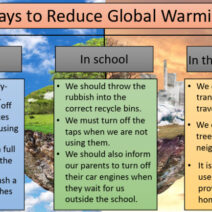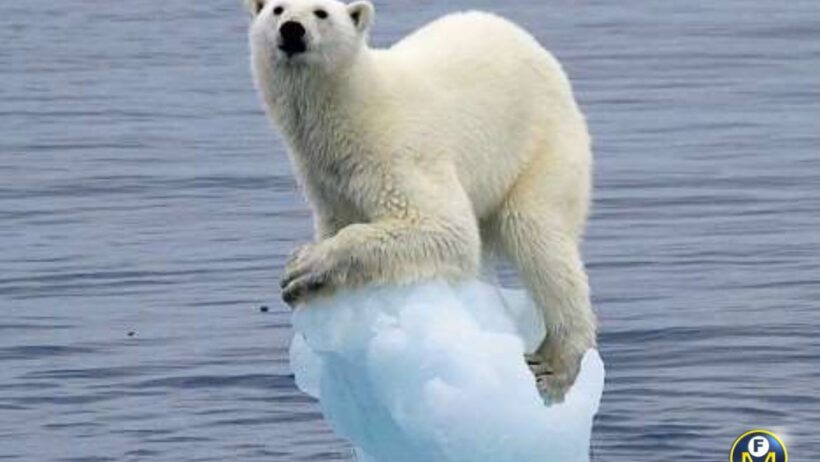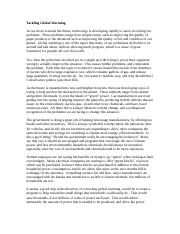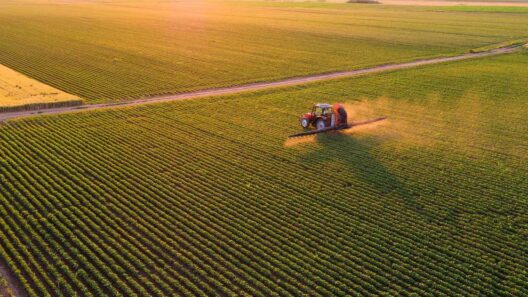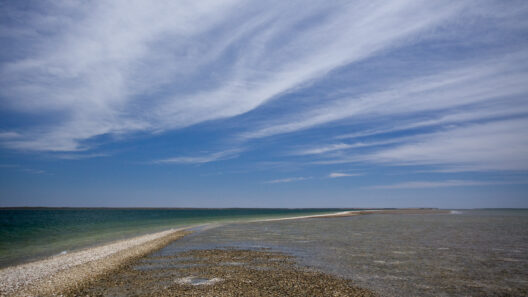Polar bears (Ursus maritimus) are among the most iconic symbols of climate change, embodying the struggles faced by wildlife in a rapidly warming world. These majestic creatures have long captivated our imagination, but their existence is increasingly jeopardized by the consequences of global warming. Understanding how this phenomenon impacts polar bears reveals not only the precariousness of their survival but also the intricate interdependence of ecosystem dynamics.
At the core of the polar bear’s plight is the melting of sea ice, their primary habitat. Sea ice forms the stable platform from which polar bears hunt seals, their principal source of sustenance. As global temperatures rise, particularly in the Arctic, sea ice extent diminishes during the summer months. This loss not only curtails the hunting grounds available to polar bears but also forces them to travel greater distances in search of food. The resultant energy expenditure can be catastrophic, particularly for nursing females and their cubs, who require significant caloric intake to survive and thrive in their harsh environment.
Moreover, the phenomenon known as phenological mismatch exacerbates the challenges posed by climate change. As the climate warms, the timing of seasonal events is altered. Prey species, such as seals, may not synchronize their breeding cycles with the availability of ice that polar bears depend on for hunting. This disconnect can lead to food shortages. If polar bears cannot find enough seals to eat, their body condition deteriorates, resulting in lower reproductive rates and higher cub mortality. The cascading effects of such mismatches can shift the entire Arctic food web, placing even more pressure on these already vulnerable predators.
Polar bears are also subject to the consequences of anthropogenic activities. As the Arctic ice diminishes, new shipping routes open, leading to increased industrial exploitation of natural resources in the region. Increased human presence can lead to habitat degradation, pollution, and other disturbances that further threaten polar bear populations. While we often envision polar bears as the epitome of wilderness, the reality is that their habitat is increasingly encroached upon by human activity.
Another critical aspect of how global warming affects polar bears is the climatic feedback loop. As ice melts, less sunlight is reflected away from the Earth’s surface, and more heat is absorbed by the ocean, leading to further warming. This positive feedback magnifies the problems faced by polar bears, creating an environment where ice loss accelerates and polar bears find it increasingly difficult to find food. Consequently, the survival of polar bears is not just a matter of preserving one species; it reflects the broader implications of climate change for ecosystems worldwide.
Interestingly, the adaptability of polar bears sometimes allows them to exploit alternative food sources. Reports have emerged of polar bears scavenging on carcasses of whales or even preying on other marine mammals like dolphins. Such behavior underscores the polar bear’s resilience and adaptability in the face of drastic changes. However, these adaptations often come with trade-offs. For example, reliance on less preferred food sources can impact their overall health and reproductive success. Moreover, the fact that polar bears are resorting to alternative prey is an indication of how dire their situation has become, not a solution to underlying problems.
Furthermore, the social structure of polar bears is profoundly influenced by environmental changes. Traditional territories may shift due to the scarcity of resources, leading to increased competition among individuals. Aggression over dwindling food supplies can result in increased mortality rates, particularly among younger bears, who may find themselves outmatched. The resultant social dynamics can disrupt the population structure, challenging the long-term viability of these communities.
In light of these myriad challenges, conservation efforts targeting polar bears are more critical than ever. Protecting vital habitats, implementing measures to mitigate climate change, and managing human activity in the Arctic are essential components of preserving polar bear populations. International agreements, such as the Paris Agreement, are crucial as they aim to curb greenhouse gas emissions and limit global temperature rise. Greater awareness and advocacy are paramount in fostering public support for these initiatives.
Ultimately, the fate of polar bears serves as a poignant reminder of the interconnectedness of climate systems and the biological world. Their plight represents much more than just the survival of one species; it reflects the broader narrative of our planet’s biosphere struggling against the insidious impacts of climate change. As stewards of the Earth, it becomes imperative that we delve deeper into the complexities of these relationships and advocate for both policy changes and individual actions that can support the resilience of polar ecosystems.
In conclusion, understanding how global warming affects polar bears offers insights into the far-reaching implications of climate change. The melting sea ice, the subsequent impact on prey availability, human encroachment, and social dynamics all converge to paint a daunting picture for the future of these magnificent animals. As we confront the realities of our changing climate, the challenges faced by polar bears can galvanize action and inspire collaborative efforts to mitigate the effects of global warming, not just for their survival but for the health of our planet as a whole.

